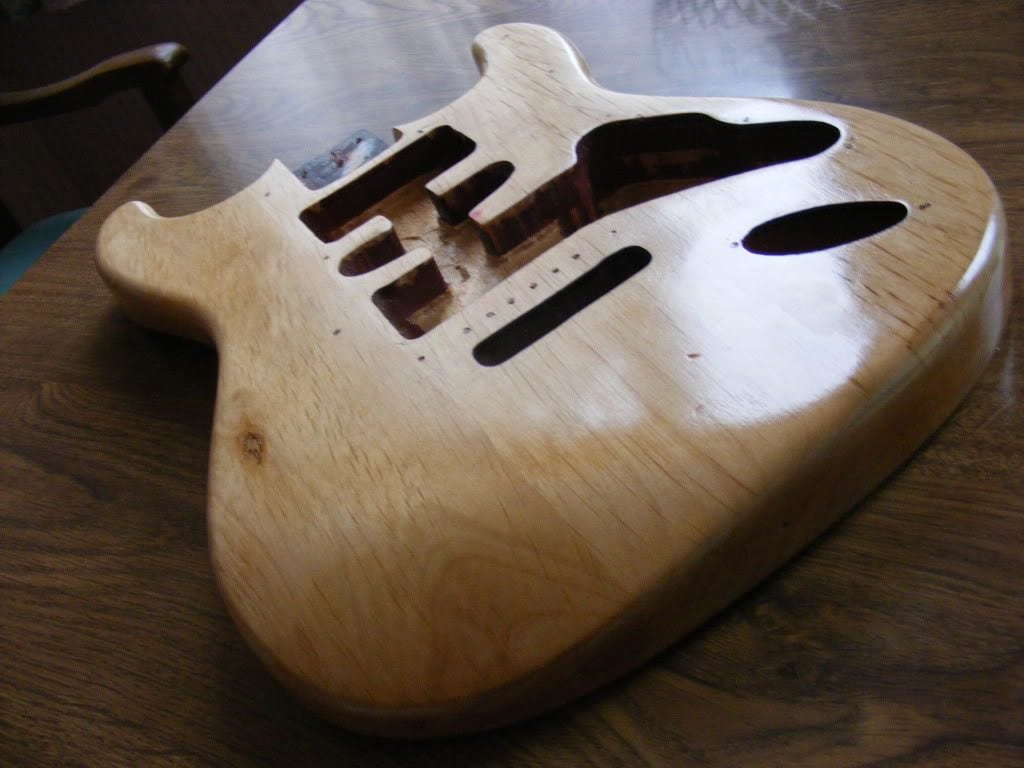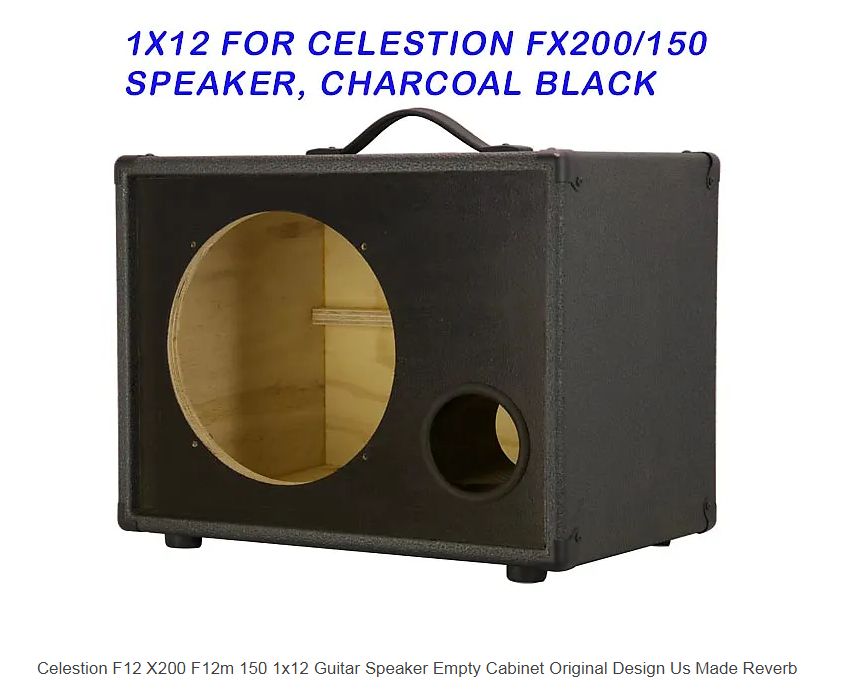Tonewood – Does it make a difference in Electric Guitars
This is an attempt to question the validity of ‘Tonewood’ in electric guitars. Many will tell you that it doesn’t make any difference what the body of an electric guitar is made from. Others, generally those who want to sell you guitars want you to believe otherwise. So I’ve taken a perfectly decent guitar and … Read more


